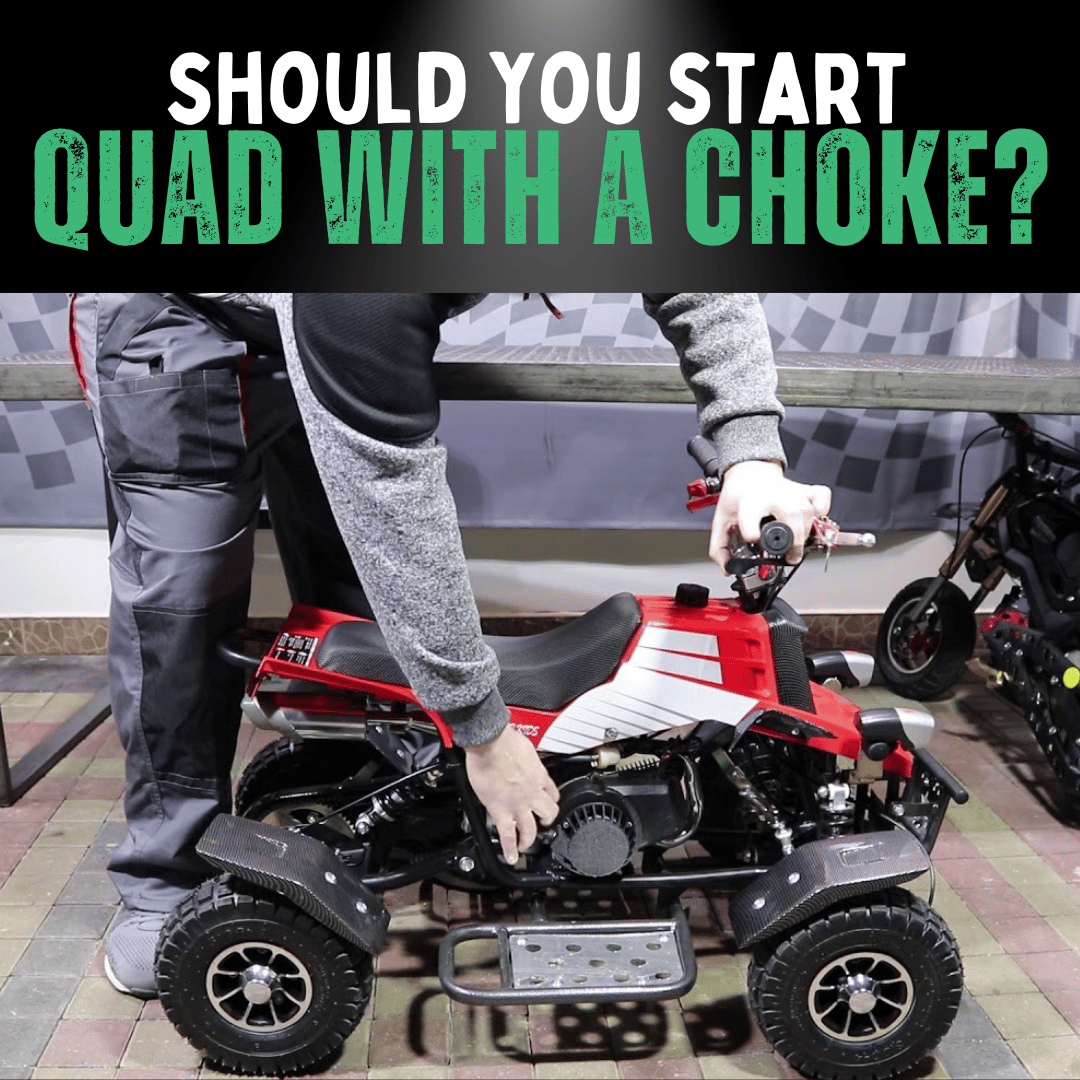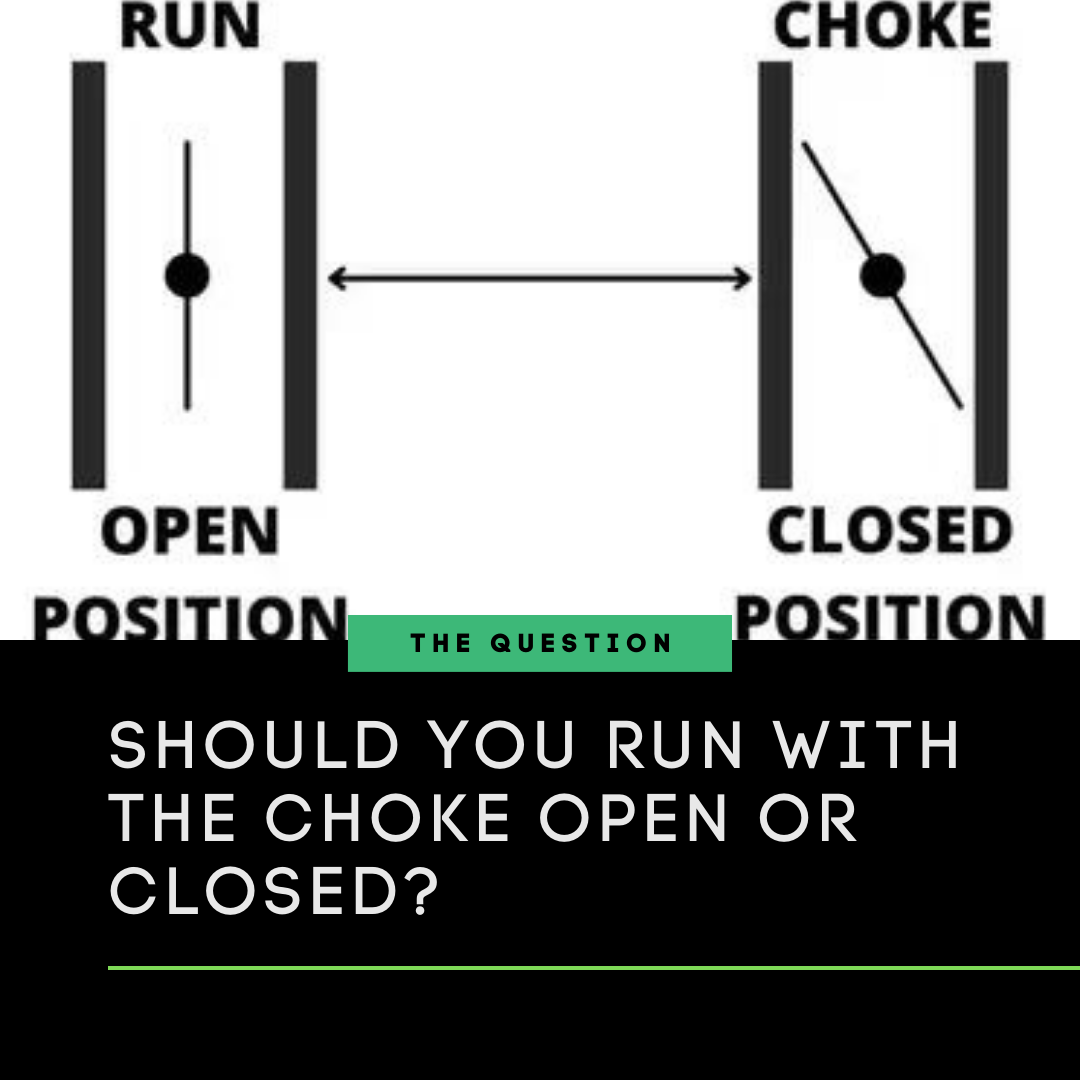
Updated: 16.05.25
Starting a quad bike or dirt bike is simple for pros, but for beginners—especially parents setting up kids’ ride-on toys—the choke can be confusing. Is it okay to use the choke?
1. Overview of Choke Usage
| Section | Key Points |
|---|---|
| Choke System Basics | Role of carburetor, manual vs. automatic chokes |
| Cold Starts | Why choke is needed for cold engines |
| Choke Usage Tips | Step-by-step guide, when to disengage choke |
| Choke Malfunctions | Signs like stalling, black smoke, fuel overuse |
| Maintenance | Inspect choke cable, clean carburetor components |
| Risks of Overuse | Engine damage, oil dilution, burnt valves |
2. What Is a Choke and Why Does It Matter?
Understand how a choke helps start a quad bike.
A choke restricts airflow in the carburetor, creating a richer fuel-air mixture (more fuel, less air) to start a cold engine. Think of it as giving your quad bike a warm-up boost, especially in chilly weather or after sitting idle.
Types of Chokes
- Manual Chokes: Controlled via a lever or cable, offering hands-on adjustment. Common in kids’ petrol quads and older dirt bikes; requires skill to avoid over-choking.
- Automatic Chokes: Use sensors to adjust based on engine temperature, ideal for beginners. Found in newer ATVs and some ride-on toys; less user input needed.
| Choke Type | Features | Best For |
|---|---|---|
| Manual | Lever/cable-controlled, precise fuel mixture adjustment | Experienced riders, kids’ quads |
| Automatic | Sensor-based, adjusts mixture automatically | Beginners, newer ATVs |
Related: Should You Run with the Choke Open or Closed?
Learn when to use the choke on your quad bike.
3. Why Use the Choke for Cold Starts?
Cold engines struggle to vaporise fuel efficiently, requiring a richer mixture to ignite. The choke restricts airflow, increasing fuel delivery to start the engine smoothly. This is critical for:
- Low Temperatures: Below 10°C (50°F), fuel vaporises poorly.
- Idle Periods: After days or weeks of inactivity, fuel in the carburetor may evaporate.
- Kids’ Quads: Smaller engines in ride-on toys often need choke assistance for reliable starts.
Related: Best Time for Family Quad Biking
4. How to Start a Quad Bike with the Choke
Follow this guide to start your quad bike with the choke.
Using the choke correctly ensures a smooth start without damaging the engine. Here’s how:
- Check Conditions: Use the choke if the engine is cold (below 10°C or idle for days).
- Engage Choke: For manual chokes, pull the lever fully; for automatic, ensure it’s enabled (check manual).
- Start Engine: Turn the key or pull the starter, avoiding throttle to prevent flooding.
- Warm Up: Let the engine run for 30–60 seconds with the choke on, listening for steady idling.
- Disengage Choke: Gradually push the manual choke off or let the automatic choke adjust as the engine warms (1–2 minutes).
- Test Stability: If the engine stalls, re-engage the choke briefly and try again.
Why does a carburetor only work with the choke on?
Related: Signs of a Clogged Air Filter
5. Risks of Leaving the Choke On
Running with the choke on after warm-up causes a rich mixture, leading to:
- Engine Running Rich: Excess fuel disrupts performance, causing sluggish handling.
- Oil Dilution: Fuel in the crankcase thins oil, risking engine seizure.
- Cylinder Wash: Excess fuel removes oil from piston rings, causing wear.
- Burnt Valves: Poor combustion damages exhaust valves, reducing compression.
Always disengage the choke once the engine is warm to avoid these issues.
6. Signs of Choke Malfunction
A faulty choke can mimic other engine issues. Watch for these signs:
- Excessive Fuel Use: Rapid fuel consumption indicates a stuck choke delivering too much fuel.
- Engine Stalling: Stalling in warm conditions suggests a choke not disengaging.
- Black Smoke: Dark exhaust smoke signals a rich mixture from choke overuse.
- Rough Idling: Inconsistent engine sound may point to a damaged choke valve or cable.
For automatic chokes, check for faulty sensors or electrical issues (e.g., loose connections).
7. Maintaining Your Choke System
Regular maintenance prevents choke issues and extends engine life, especially for kids’ quad bikes.
Maintenance Tips
- Inspect Choke Cable: Check manual choke cables monthly for fraying or stiffness; replace if worn (£10–£20).
- Clean Carburetor: Every 6–12 months, clean the needle jet, pilot jet, and float bowl to prevent clogs (£15–£30 for cleaner).
- Check Gaskets: Inspect rubber gaskets in the choke system for cracks; replace if damaged (£5–£15).
- Test Automatic Chokes: Ensure sensors and connections are intact; clean or replace faulty components (£20–£50).
8. Quad Bike Choke Repair Costs
Fixing choke issues varies by complexity and whether you DIY or hire a professional:
- DIY Cleaning: £15–£30 for carburetor cleaner, gaskets, and tools.
- Choke Cable Replacement: £20–£50 (parts and labour for professionals).
- Carburetor Rebuild: £50–£150 for parts and labour (common for stuck chokes).
- Automatic Choke Repair: £50–£200 for sensor or electrical fixes.
Save by performing basic maintenance yourself. Shop our kids’ quad bikes for easy-to-maintain models.
9. Finding Quad Bike Repair Services Near You
For complex choke issues, search “quad bike repair near me” on Google or Yelp to find certified mechanics. Check RiiRoo’s UK quad biking locations guide for nearby repair shops. Professional diagnostics ensure safe repairs, especially for kids’ ride-on toys.
10. Where to Use Your Quad Bike
Proper choke use ensures your quad bike is ready for adventure. Common terrains include:
- Off-Road Trails: Forests, hills, and rocky paths test your quad’s endurance.
- Motocross Tracks: High-speed tracks with jumps for competitive riding.
- Farms: Quads help navigate fields or herd livestock.
- Beaches/Dunes: Sand riding offers thrills (check local regulations).
Explore family-friendly trails with our family quad biking guide.
11. Conclusion
Starting a quad bike with the choke is not only okay but essential for cold engines, ensuring smooth starts for kids’ ride-on toys or adult ATVs. Use it briefly, disengage after warm-up, and maintain the system to avoid damage. Our free maintenance checklist keeps your quad in top shape. Ready for adventure? Explore RiiRoo’s kids’ quad bikes for safe, thrilling rides!
Frequently Asked Questions
Why is the choke necessary for starting a quad bike?
In cold conditions (below 10°C), fuel vaporizes poorly. The choke enriches the fuel-air mixture for a smooth start. See our carburetor guide.
How do I use the choke correctly on my quad bike?
Engage the choke fully for cold starts, run the engine for 30–60 seconds, then disengage gradually as it warms (1–2 minutes). Avoid throttle during start to prevent flooding.
Can overusing the choke damage my quad bike’s engine?
Yes, leaving the choke on after warm-up causes rich running, oil dilution, cylinder wear, and burnt valves. Disengage once the engine idles smoothly.
Is the choke system different for quad bikes vs. other vehicles?
The principle is similar for carbureted engines, but quad bike chokes (manual or automatic) vary by model. Check your manual for specific instructions.
How much does it cost to fix a quad bike choke issue?
DIY cleaning costs £15–£30; professional cable replacement is £20–£50; carburetor rebuilds range £50–£150; automatic choke repairs cost £50–£200.
How often should I maintain my quad bike’s choke system?
Inspect cables and clean the carburetor every 6–12 months, depending on usage. Use our checklist to stay on track.
Additional Resources
- Choke Open vs. Closed
- Carburetor Choke Issues
- Clogged Air Filter Symptoms
- Family Quad Biking Guide
- Kids’ Quad Bikes
Get in Touch 🚀
Loved our guide on starting a quad bike with the choke? Ready for family adventures?
Parents, we’re here for all your kids’ quad bike questions—choke tips, maintenance, or trails! 🏍️
Visit RiiRoo.com, use our Live Chat, or email hello@riiroo.com to explore our kids’ quad bikes!







Share:
How Fast Is An Ebike? - You WON'T Believe It
What's the Difference Between Electric & Petrol Quad Bikes?